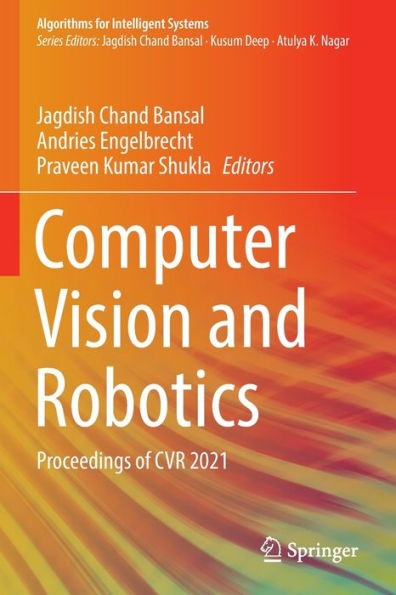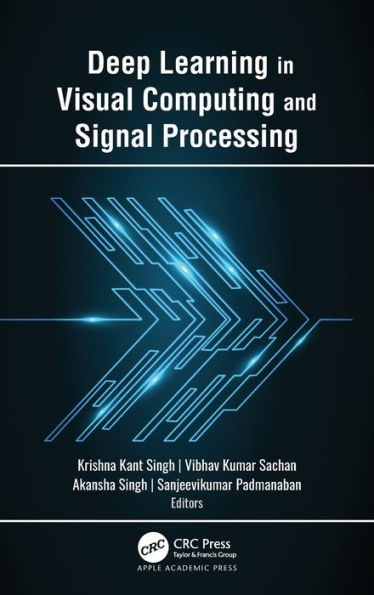Home
Computer Vision Research Progress
Loading Inventory...
Barnes and Noble
Computer Vision Research Progress
Current price: $129.00


Barnes and Noble
Computer Vision Research Progress
Current price: $129.00
Loading Inventory...
Size: OS
*Product Information may vary - to confirm product availability, pricing, and additional information please contact Barnes and Noble
Computer vision is the science and technology of machines that see. As a scientific discipline, computer vision is concerned with the theory and technology for building artificial systems that obtain information from images. The image data can take many forms, such as a video sequence, views from multiple cameras, or multi-dimensional data from a medical scanner. As a technological discipline, computer vision seeks to apply the theories and models of computer vision to the construction of computer vision systems. Examples of applications of computer vision systems include systems for controlling processes (e.g. an industrial robot or an autonomous vehicle). Detecting events (e.g. for visual surveillance). Organizing information (e.g. for indexing databases of images and image sequences), Modeling objects or environments (e.g. industrial inspection, medical image analysis or topographical modeling), Interaction (e.g. as the input to a device for computer-human interaction). Computer vision can also be described as a complement (but not necessarily the opposite) of biological vision. In biological vision, the visual perception of humans and various animals are studied, resulting in models of how these systems operate in terms of physiological processes. Computer vision, on the other hand, studies and describes artificial vision system that are implemented in software and/or hardware. Interdisciplinary exchange between biological and computer vision has proven increasingly fruitful for both fields. Sub-domains of computer vision include scene reconstruction, event detection, tracking, object recognition, learning, indexing, ego-motion and image restoration. This new book presents leading-edge new research from around the world.


















